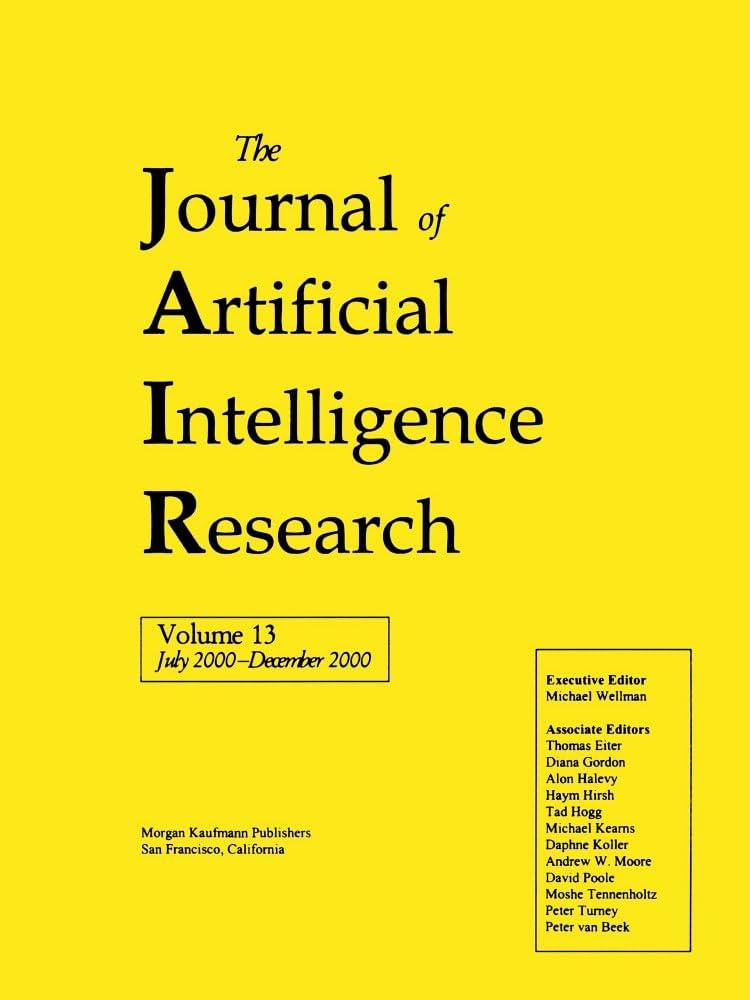SAlign: A Graph Neural Attention Framework for Aligning Structurally Heterogeneous Networks
IF 4.5
3区 计算机科学
Q2 COMPUTER SCIENCE, ARTIFICIAL INTELLIGENCE
引用次数: 0
Abstract
Network alignment techniques that map the same entities across multiple networks assume that the mapping nodes in two different networks have similar attributes and neighborhood proximity. However, real-world networks often violate such assumptions, having diverse attributes and structural properties. Node mapping across such structurally heterogeneous networks remains a challenge. Although capturing the nodes’ entire neighborhood (in low-dimensional embeddings) may help deal with these characteristic differences, the issue of over-smoothing in the representations that come from higherorder learning still remains a major problem. To address the above concerns, we propose SAlign: a supervised graph neural attention framework for aligning structurally heterogeneous networks that learns the correlation of structural properties of mapping nodes using a set of labeled (mapped) anchor nodes. SAlign incorporates nodes’ graphlet information with a novel structure-aware cross-network attention mechanism that transfers the required higher-order structure information across networks. The information exchanged across networks helps in enhancing the expressivity of the graph neural network, thereby handling any potential over-smoothing problem. Extensive experiments on three real datasets demonstrate that SAlign consistently outperforms the state-of-the-art network alignment methods by at least 1.3-8% in terms of accuracy score. The code is available at https://github.com/shruti400/SAlign for reproducibility.SAlign:一种结构异构网络对齐的图神经注意框架
跨多个网络映射相同实体的网络对齐技术假设两个不同网络中的映射节点具有相似的属性和邻域接近性。然而,现实世界的网络往往违反这样的假设,具有不同的属性和结构属性。跨这种结构异构网络的节点映射仍然是一个挑战。尽管捕获节点的整个邻域(在低维嵌入中)可能有助于处理这些特征差异,但来自高阶学习的表示中的过度平滑问题仍然是一个主要问题。为了解决上述问题,我们提出了SAlign:一个用于对齐结构异构网络的监督图神经注意框架,该框架使用一组标记(映射)锚节点学习映射节点结构属性的相关性。SAlign将节点的graphlet信息与一种新颖的结构感知跨网络注意机制相结合,该机制可以跨网络传输所需的高阶结构信息。网络间的信息交换有助于增强图神经网络的表达能力,从而处理任何潜在的过平滑问题。在三个真实数据集上进行的大量实验表明,SAlign在准确率得分方面始终优于最先进的网络对齐方法至少1.3-8%。该代码可在https://github.com/shruti400/SAlign上获得,以获得再现性。
本文章由计算机程序翻译,如有差异,请以英文原文为准。
求助全文
约1分钟内获得全文
求助全文
来源期刊

Journal of Artificial Intelligence Research
工程技术-计算机:人工智能
CiteScore
9.60
自引率
4.00%
发文量
98
审稿时长
4 months
期刊介绍:
JAIR(ISSN 1076 - 9757) covers all areas of artificial intelligence (AI), publishing refereed research articles, survey articles, and technical notes. Established in 1993 as one of the first electronic scientific journals, JAIR is indexed by INSPEC, Science Citation Index, and MathSciNet. JAIR reviews papers within approximately three months of submission and publishes accepted articles on the internet immediately upon receiving the final versions. JAIR articles are published for free distribution on the internet by the AI Access Foundation, and for purchase in bound volumes by AAAI Press.
 求助内容:
求助内容: 应助结果提醒方式:
应助结果提醒方式:


